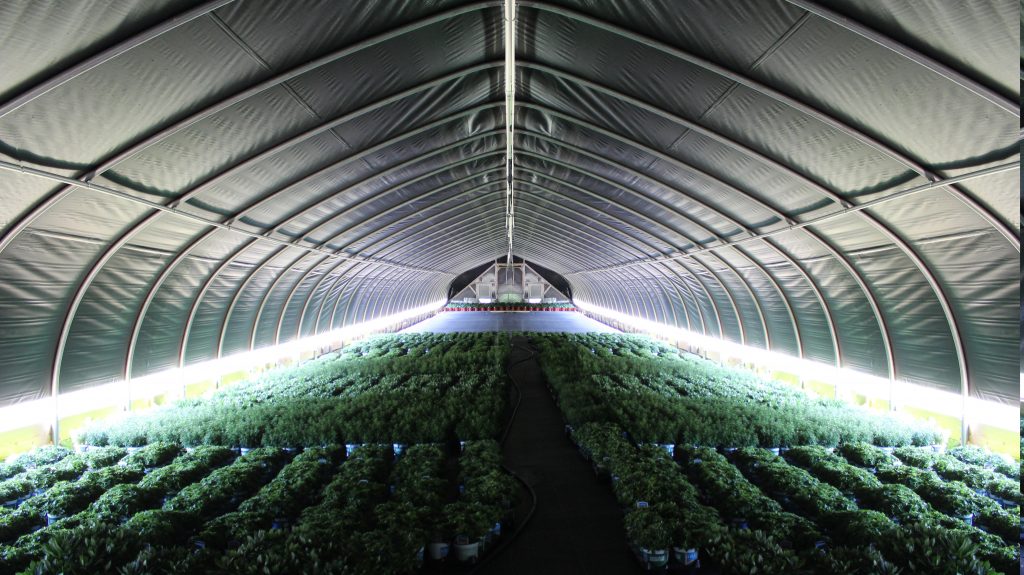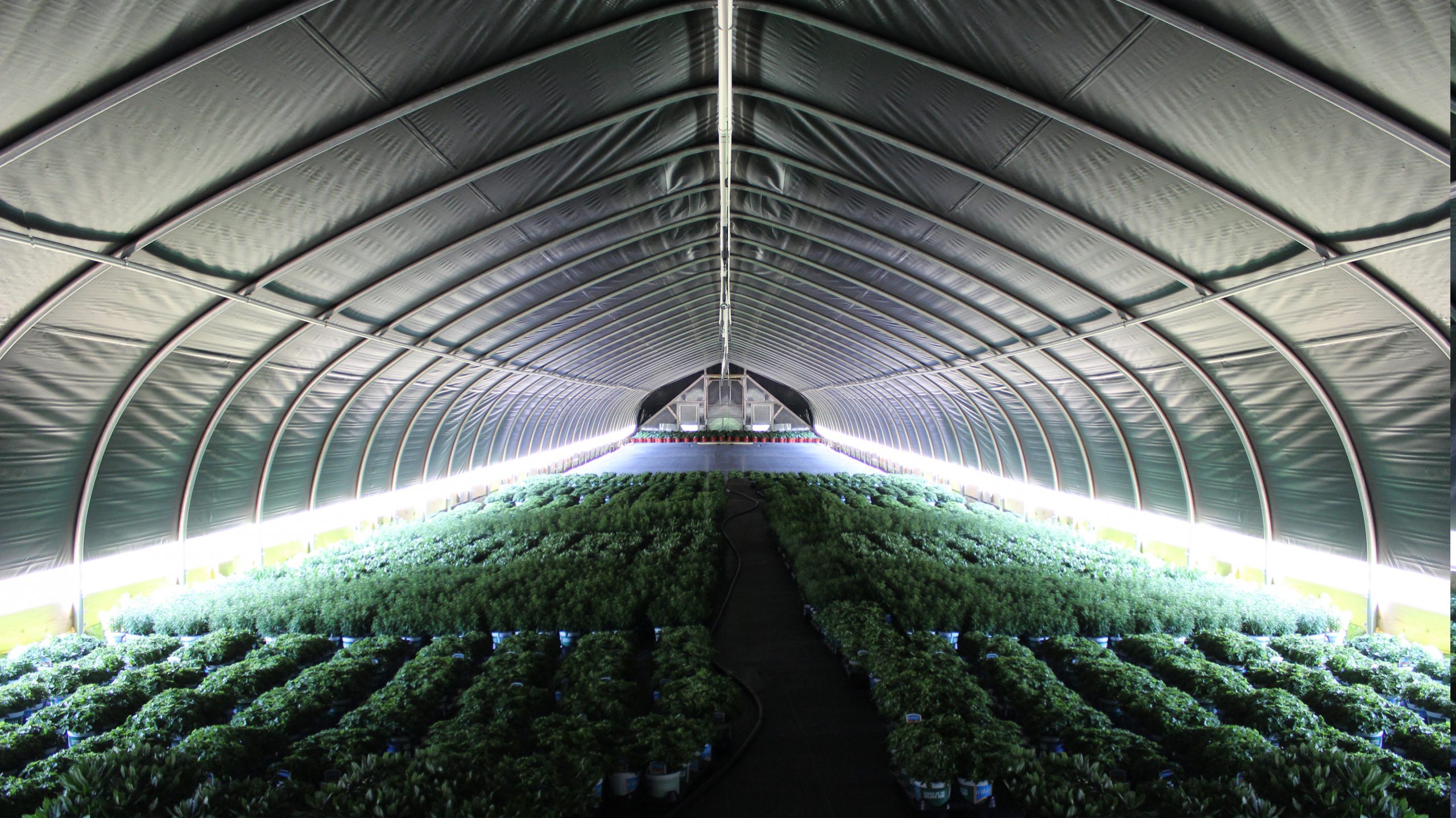How Does Light Deprivation Work?
If you’re a greenhouse grower, you’ve probably heard of light deprivation techniques, commonly known as “light dep.” As with supplemental lighting, light dep creates a condition inside the greenhouse that’s different from the outside environment. Depending on the crop, light deprivation can enhance or accelerate crop production. That is, beyond what would occur if left to natural light conditions.
A plant’s tendency to flower is triggered by photoperiodism, the natural reaction to changes in available light. As seasons transition, the change in the amount of available daylight will encourage plants to flower. Short-day plants initiate flowering during late summer and early fall when the amount of daylight decreases. Long-day plants begin to flower when days grow longer during Spring.
Light deprivation techniques allow growers to manipulate nature and artificially control flowering cycles. With cannabis, effective use of light deprivation can increase the yield per plant and harvest frequency. For crops like poinsettias and chrysanthemums, light deprivation accelerates maturity, thereby enhancing a crop’s value.

What are the Benefits of Light Deprivation?
Adding a light deprivation system to your greenhouse benefits you through improved production, an increased bottom line, and a more eco-friendly growing practice.
- An increased plant yield that comes from producing year-round, regardless of weather conditions and natural sunlight.
- You’ll see increased profits, thanks to multiple harvests every year.
- Growers can take advantage of a combination of greenhouse and outdoor growing.
- You can have mature plants growing in your greenhouse, while at the same time, have plants flowering under full sun.
What Plants Are Best Suited for Light Deprivation?
Poinsettias
Prime bloom time for poinsettias occurs in October through December. These plants initiate flowering after experiencing 12 hours and 20 minutes of uninterrupted darkness for five straight days. The dainty, inconspicuous yellow flowers will appear 65-85 days later.
In February and March, poinsettia plants naturally begin to drop their leaves, which are replaced by new growth a little later in the spring. During April and May, poinsettias are actually green all over. It’s not until the shorter days of winter that the upper leaves turn red. The plants experience color changes once being subjected to about 10 weeks consisting of days with 12 hours or less of daylight.
Mums
Mums also flower when nights become longer. It takes 9 1/2 hours of darkness for flower buds to form and more than 10 1/2 hours to begin flowering. When growing mums, the industry standard suggests the plant needs 12 hours of darkness to develop flowers.
Different cultivars need shorter or longer periods to complete flower formation. Cultivars are classified as 7-through-10-week-response plants. Based on their classification, once light dep is initiated, they can take six to ten weeks to form flowers.
Cannabis
Cannabis naturally reaches its peak flowering cycle during the transition from summer to fall, when the days shorten. Drastic dips in temperature can often inhibit flowers from expanding to their full potential. By tricking the plants into thinking that the seasons are changing, cannabis will begin to flower.
Can I Automate Light Deprivation for Better Plant Production?
Most growers begin a light deprivation routine by manually restricting the amount of light their crops receive. They do this by adding light proof covers over their plants or manually covering/uncovering their greenhouse with blackout tarp. However, they soon learn how incredibly time consuming the manual process can be. Timing is also crucial to successful light deprivation, so automating the process allows for efficiency and quality control.
A 12/12 light deprivation cycle is the most common procedure in cannabis growing; 12/12 means your plants receive 12 hours of daylight and 12 hours of darkness. As an example, a grower who is doing manual light deprivation has to be ready to cover his plants or roll down his tarps at 7:00 PM and then be ready to uncover every morning at 7:00 AM. Timing is everything. Growers who use automated controllers in their greenhouse operations simply program the desired times and the work is done for them.
In a greenhouse, controlling light is not the only factor that attributes to healthy crops. During periods of “blackout,” high levels of heat and moisture can build up inside your greenhouse. This can lead to nutrient deficiencies or pest infestation. By using automatic controllers to operate your light dep cycles, you can monitor and set limitations for humidity and temperature.
